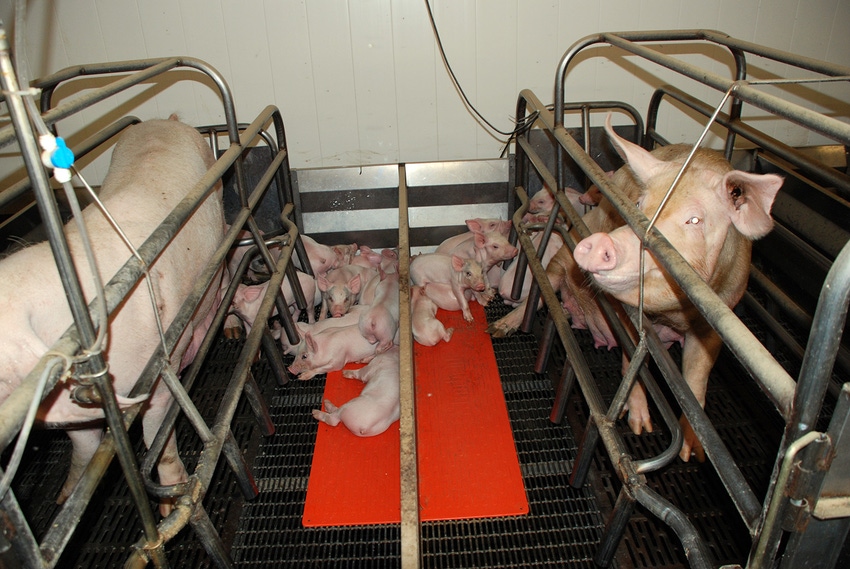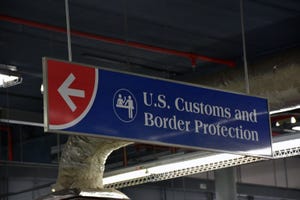Hog and Pig Report might change attitude of futures
Nearly all news flashes, news items down the road should be positive. The futures market is very quick to sense these changes, these possible future developments.
December 24, 2018

The December Hogs and Pigs report contained several surprises and, frankly, represents the first bullish supply side news in a very long time. In a nutshell, the report seemed to outline some problems in the industry. First, there was a downward revision in hog numbers from the September report by 545,000 pigs. Second, the inventory numbers were all roughly 1% lower than expected by the trade. All hogs and pigs were pegged at 102% of last year, kept for breeding and kept for market hogs were also pegged at 102%. In effect what we’re describing is a slowdown in the expansion rate no doubt triggered by low cash hog prices this fall with prices consistently below break evens.
The other aspect of this report I find bullish is solid evidence of disease problems and/or a possible genetic wall in terms of productive efficiencies. For example, breeding herd inventory in Oklahoma, as of Dec. 1, was reported to be down 3% from last year. This is Seaboard Farms. We had heard of porcine reproductive and respiratory syndrome problems and we tied the shortfall in butcher hog supplies late this fall to this issue. Sure enough, it appears to be verified in the data. Breeding stock was unchanged in North Carolina, Minnesota and Indiana.
The other intriguing aspect of this report was the fact that pigs per litter was unchanged from last year. Pigs per litter has been increasing roughly 1% per year for several years. This tends to suggest that we’ve finally hit some kind of genetic wall in terms of production efficiencies in the U.S. hog industry. So, the bottom line is that the December Hogs and Pigs report appears to confirm that expansion is slowing dramatically for perhaps several reasons.
I’m wondering if a slowdown in the rate of expansion will initiate a new urgency or energy toward securing and purchasing pork at the current incredibly low-price levels? In tandem with this line of thought is the possibility that consumers in the current economic environment are switching preferences toward red meat and away from poultry. If this is happening, a reversal of the long-term consumer trend, at the same time that attitudes by end-users might be shifting toward a more aggressive approach to securing pork, a dramatic move higher in wholesale pork prices is on the horizon.
Looking at some specific cuts may be informative. Bacon demand is expected to remain strong in the months and years ahead. A couple examples would include Wendy’s introducing a new sandwich featuring bacon. Another is Chick-fil-A featuring a new chicken sandwich with bacon on top. Finally, more concrete evidence of rising bacon demand is demonstrated in Smithfield Foods recent announcement of a $44-million expansion of their bacon processing plant located in Sioux Falls, S.D.
Ham prices have been trading at 10-year lows for much of the fall and early winter season. In the major cities one can purchase a spiral cut, smoked, bone-in ham for 99 cents per pound. These are price levels that make it nearly impossible for consumers to ignore. Mexico, our largest ham export destination has been aggressively buying U.S. pork despite a tariff on pork in response to President Trump’s tariffs on imported steel and aluminum.
Pork loin prices are currently trading at more than 40-year lows. That’s correct, bone-in pork loins have not been this cheap since the late-1970s. The Chinese have taken note of this. China has been confirmed buying U.S. pork despite the uncertain status of the trade war and despite the tariff on U.S. pork. Prices are so cheap that the tariff can be paid, and it’s still considered a value.
So, what happens in terms of demand for pork if two developments occur? First the trade war is settled and the Chinese tariffs are dropped. And second, what if the U.S. dollar has topped? Stronger foreign currencies in tandem with tariffs coming off will make U.S. pork look too cheap to pass up. Not only buying for immediate needs but also building stocks for future needs could send a ripple effect into motion.
Finally, one would be amiss to not address the African swine fever situation that continues to unfold in China. ASF continues to spread in China. We believe the disease has now been confirmed in 23 of the 34 provinces in the country. Over 90 cases have been reported. Pig loss figures are largely unknown. The last known figure issued by the Chinese government is over 600,000 pigs culled. In reality, the number is likely much larger. History indicates that the Chinese will likely be fighting this disease for several years before successful eradication is achieved. In other words, this disease could cripple the ability of the Chinese to keep pork production near pre-disease levels for years. Pork is the staple food choice in China. This will not change. This places the Chinese in our export market for the next several years.
What I’m describing is a market that has likely run out of bad news. Nearly all news flashes, news items down the road should be positive. The futures market is very quick to sense these changes, these possible future developments. That is what futures markets do. Look for a long-lasting and impressive rally in cash hog prices, pork cutout value and lean hog futures to develop from here forward.
About the Author(s)
You May Also Like





